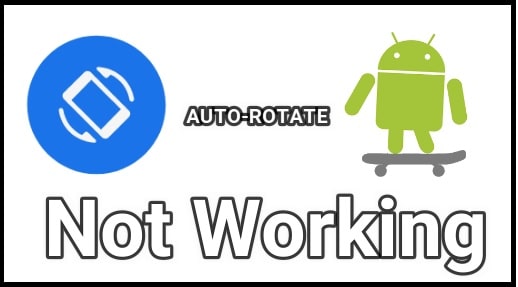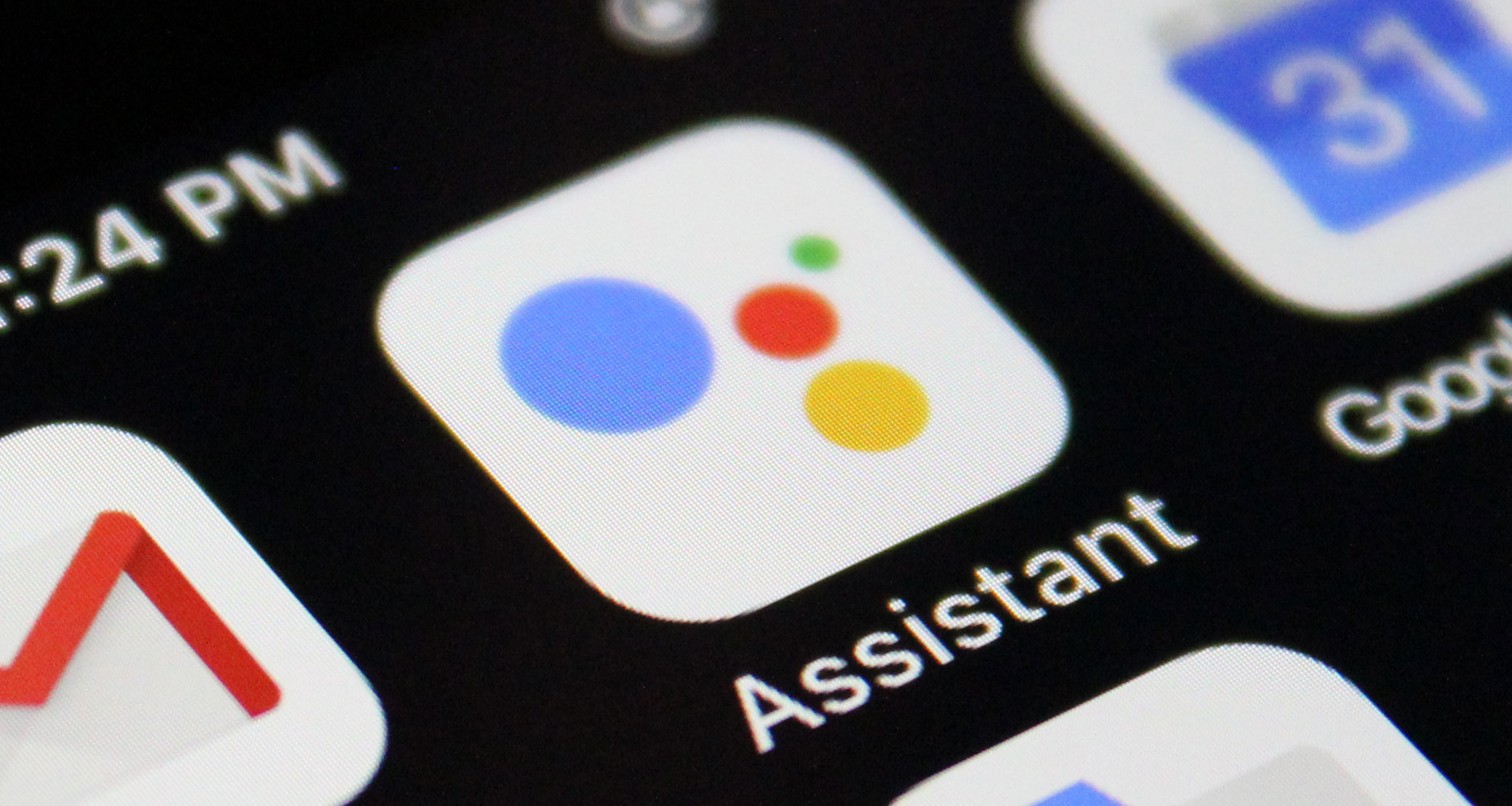As technology continues to evolve, our smartphones have become an essential part of our daily lives. One of the convenient features of Android phones is the auto-rotate function, which automatically adjusts the screen orientation based on how you hold your device. However, there are times when this feature may stop working, leaving you stuck with a static screen orientation. If you’re facing this issue, don’t worry, as we’ve got you covered. In this comprehensive troubleshooting guide, we’ll walk you through various methods to fix auto rotate not working on Android. So, let’s dive in!
1. Enable the Auto Rotate Option
The first step in troubleshooting auto rotate not working on Android is to ensure that the auto rotate option is enabled. By default, this option should be turned on, but it’s worth double-checking to make sure it hasn’t been accidentally disabled.
To enable the auto rotate option on most Android phones, follow these steps:
- Swipe down twice from the top of your phone’s screen to access the Quick Settings panel.
- Look for the “Auto Rotate” icon, which typically appears as a circular arrow or a portrait/landscape lock icon.
- Tap on the “Auto Rotate” icon to toggle the feature on. If the icon is already highlighted, it means that auto rotate is enabled.
After enabling the auto rotate option, try rotating your phone to see if the screen orientation changes accordingly. If the issue persists, move on to the next troubleshooting step.
2. Check Screen Rotation Settings
In some cases, the auto rotate feature may be enabled, but the screen rotation settings for specific apps or system functions may be disabled. To fix this, you’ll need to check the screen rotation settings on your Android phone.
To access the screen rotation settings on most Android phones, follow these steps:
- Go to the Settings app on your Android phone.
- Look for the “Display” or “Display & Brightness” option and tap on it.
- Depending on your phone’s manufacturer and Android version, you may find a “Auto Rotate” or “Screen Rotation” option. Tap on it to access the settings.
- Ensure that the “Auto Rotate” or “Screen Rotation” option is enabled.
Once you’ve enabled the screen rotation settings, test if the auto rotate feature is working properly. If not, proceed to the next troubleshooting step.
3. Restart Your Android Phone
Performing a simple restart can often resolve temporary glitches or conflicts that may be causing the auto rotate feature to malfunction. Restarting your Android phone gives it a fresh start and can help restore normal functioning.
To restart most Android phones, follow these steps:
- Press and hold the power button on your phone until a menu appears.
- Tap on the “Restart” or “Reboot” option. If you don’t see these options, look for a “Power Off” option, turn off your phone, and then turn it back on after a few seconds.
Once your phone restarts, check if the auto rotate feature is now working. If not, proceed to the next troubleshooting step.
4. Check for App-Specific Issues
Sometimes, the auto rotate feature may stop working for specific apps due to compatibility issues or bugs. If you notice that auto rotate works fine in some apps but not in others, it’s worth investigating if there are any app-specific issues.
One common app that may experience auto rotate issues is YouTube. If you’re unable to rotate the screen while watching a YouTube video, try these steps:
- Open the YouTube app and play a video.
- Swipe up on the screen to enter full-screen mode.
- Swipe down to exit full-screen mode and return to portrait mode.
This workaround can help resolve screen rotation issues specific to the YouTube app. If you’re facing auto rotate problems with other apps, check if there are any available updates for those apps. Updating the app to the latest version may fix compatibility issues.
If updating the app doesn’t resolve the problem, you can try uninstalling the app and reinstalling it. This can help eliminate any temporary conflicts that may be causing the auto rotate feature to malfunction.
5. Calibrate Your Phone’s Sensors
In some cases, the sensors responsible for detecting your phone’s orientation may need calibration. Calibrating your phone’s sensors can help ensure accurate readings and improve the performance of the auto rotate feature.
To calibrate your phone’s sensors, follow these steps:
- Download a sensor calibration app from the Google Play Store. There are several apps available, such as “Sensor Kinetics” or “GPS Essentials.”
- Install and open the sensor calibration app on your phone.
- Follow the app’s instructions to calibrate the sensors. This usually involves placing your phone on a flat surface and rotating it in different directions.
Once you’ve calibrated your phone’s sensors, test if the auto rotate feature is functioning correctly. If the issue persists, continue to the next troubleshooting step.
6. Remove Recently Installed Apps
If you’ve recently installed new apps on your Android phone before the auto rotate issue started, it’s possible that one of these apps is causing a conflict. In such cases, removing the recently installed apps can help resolve the problem.
To uninstall apps on most Android phones, follow these steps:
- Go to the Settings app on your Android phone.
- Look for the “Apps” or “Applications” option and tap on it.
- Locate the recently installed apps that you suspect may be causing the issue.
- Tap on the app and select the “Uninstall” option to remove it from your phone.
After uninstalling the apps, restart your phone and check if the auto rotate feature is now working correctly. If not, proceed to the next troubleshooting step.
7. Clear Cache Partition
Clearing the cache partition on your Android phone can help resolve software-related issues that may be affecting the auto rotate feature. The cache partition contains temporary files and data that can sometimes become corrupted or outdated, leading to various system problems.
To clear the cache partition on most Android phones, follow these steps:
- Turn off your Android phone.
- Press and hold the volume up button and the power button simultaneously until your phone enters recovery mode.
- Use the volume buttons to navigate to the “Recovery” or “Recovery Mode” option and use the power button to select it.
- Once in recovery mode, navigate to the “Wipe Cache Partition” or “Clear Cache” option and select it.
- Wait for the cache partition to be cleared. This may take a few minutes.
- After the process is complete, select the “Reboot System Now” option to restart your phone.
Once your phone restarts, test if the auto rotate feature is now functioning properly. If the issue persists, proceed to the next troubleshooting step.
8. Perform a Factory Reset
If none of the previous methods have resolved the auto rotate issue on your Android phone, performing a factory reset may be your last resort. A factory reset will erase all data and settings on your phone, so it’s crucial to back up your important files before proceeding.
To perform a factory reset on most Android phones, follow these steps:
- Go to the Settings app on your Android phone.
- Look for the “System” or “System & Updates” option and tap on it.
- Locate the “Reset” or “Reset Options” option and tap on it.
- Select the “Factory Reset” or “Erase All Data” option.
- Follow the on-screen instructions to confirm the factory reset process.
After the factory reset is complete, set up your phone as a new device and test if the auto rotate feature is now working correctly. If the issue persists even after a factory reset, it’s recommended to contact your phone’s manufacturer support for further assistance.
9. Use a Third-Party Rotation Control App
If all else fails, you can try using a third-party rotation control app to regain control over the screen orientation. These apps provide additional customization options and advanced features to manage the auto rotate function on your Android phone.
One popular rotation control app is “Control Screen Rotation.” It allows you to change the screen orientation automatically based on sensor readings or manually adjust it. The app also offers an overlay feature to change the screen orientation from the notification panel.
To use “Control Screen Rotation” or a similar app, follow these steps:
- Download and install the rotation control app from the Google Play Store.
- Open the app and follow the on-screen instructions to set up the desired screen orientation.
- Customize the app settings according to your preferences.
- Activate the rotation control app by tapping on the “Start Service” or similar option.
Using a third-party rotation control app can provide a temporary solution until you find a permanent resolution for the auto rotate issue on your Android phone.
10. Contact Manufacturer Support
If you’ve exhausted all troubleshooting methods and the auto rotate feature still isn’t working on your Android phone, it’s advisable to reach out to the manufacturer’s support team for further assistance. They may have specific troubleshooting steps or software updates that can help resolve the issue.
Contacting the manufacturer’s support can also be beneficial if your phone is still under warranty. They may provide repair or replacement options if the auto rotate issue is due to a hardware defect.
11. Upgrade Your Android Phone
If you’ve tried all the troubleshooting steps mentioned above and the auto rotate feature still isn’t working, it may be time to consider upgrading to a new Android phone. Newer models often come with improved hardware and software features, including better auto rotate functionality.
Before making a decision, research different Android phone models and read user reviews to ensure that the auto rotate feature works reliably on the device you’re considering.
Final Thoughts
In conclusion, the auto rotate feature on Android phones can sometimes stop working due to various reasons. By following the troubleshooting methods outlined in this guide, you should be able to fix the auto rotate not working issue on your Android phone. Remember to start with simple solutions like enabling the auto rotate option and checking the screen rotation settings before moving on to more advanced troubleshooting steps. If all else fails, reach out to the manufacturer’s support team or consider upgrading to a newer Android phone. With these solutions, you can once again enjoy the convenience of auto rotate on your Android device.
Experiencing difficulties with your Device, check out our “How To” page on how to resolve some of these issues.







